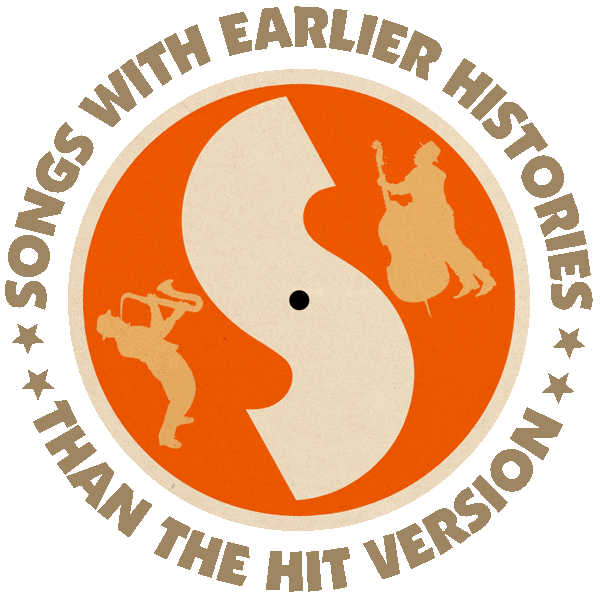First recorded (in the United States) by The Sun Valley Trio (1948, released 1950).
Popular versions by Cliffie Stone & His Hometown Jamboree Gang (1951), Ray Anthony & His Orchestra (B-side 1953).
From the wiki: “‘The Hokey Pokey’, also known as ‘The Hokey Cokey’ in the United Kingdom, is a campfire song and participation dance with a distinctive accompanying tune and lyric structure. It is well-known in English-speaking countries. It originates in a British folk dance, with variants attested as early as 1826. The song and accompanying dance peaked in popularity as a music hall song and novelty dance in the mid-1940s in the UK.
“Larry LaPrise, Charles Macak, and Tafit Baker of the musical group the Ram Trio, better known as the Sun Valley Trio, recorded the song in 1948 and it was released in 1950. They have generally been credited with creating this novelty dance as entertainment for the ski crowd at the Sun Valley, Idaho resort.

